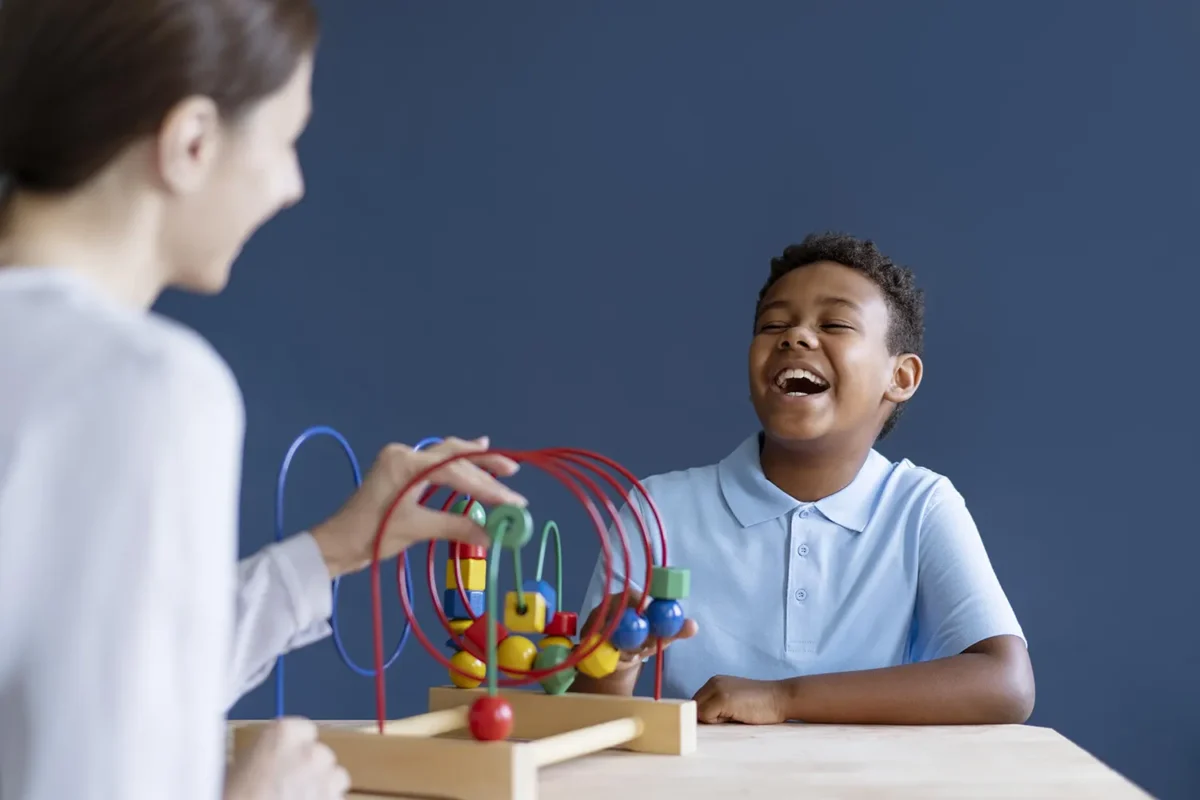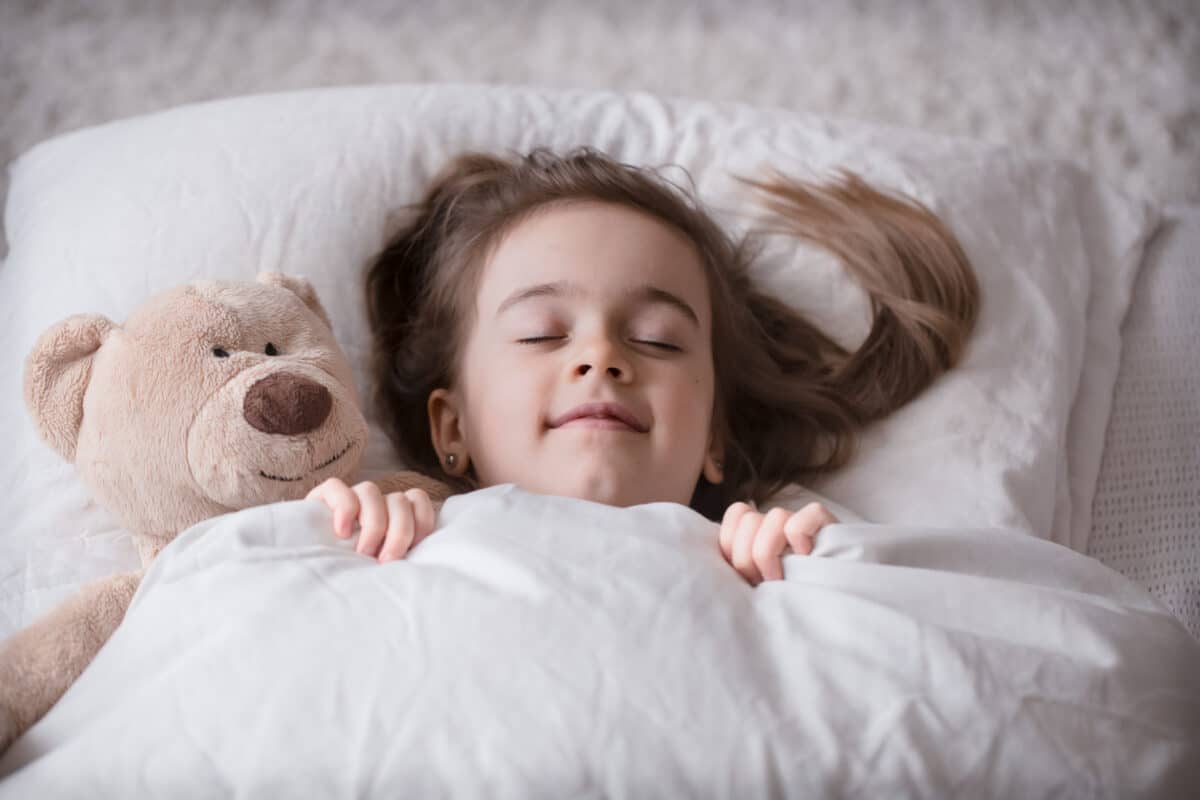Behavioural Therapy For ADHD Kids
Attention-deficit/hyperactivity disorder (ADHD) may be difficult to diagnose in children and adolescents because symptoms can vary greatly from one child to another. Behavioural therapy is a treatment that addresses behaviours and emotions that cause problems with concentration, organization, time management, self-control, and cooperation. This is also one of the most widely seen neurodevelopmental problems of children while growing up. Children with ADHD may have trouble paying attention, controlling impulsive behaviours (may act without thinking about what the result will be), or be overly active. One of the major treatment techniques used for controlling ADHD is behavioural therapy. Behavioral therapy is an effective treatment for attention-deficit/hyperactivity disorder (ADHD) that can improve a child’s behaviour, self-control, and self-esteem.
Behavioural Therapy an umbrella term for types of therapy that treat ADHD. This will benefit your child by limiting their destructive behaviour, strengthen their good behaviour and most importantly enable the child to express their feelings in a peaceful manner. Behavioural therapy is used to treat the following symptoms like:
- Eating Disorder
- Obsessive Compulsive Disorder
- Social phobias
- Self-harming behaviour
The four most common treatments for ADHD under behavioural therapy are:
Applied behaviour analysis (ABA): This is a form of therapy where the child’s environment is changed to help them learn how to behave in a more normal manner. It involves using rewards and punishment to encourage or discourage certain behaviours.
Cognitive behavioral therapy (CBT): This is based on the theory that many of the problems experienced by people with ADHD stem from their thoughts, feelings, and actions. CBT focuses on helping the individual understand their own behaviour as well as why it may be inappropriate.
Cognitive behavioral play therapy: This type of therapy uses play to help children learn about certain situations and challenges they might face in life. The therapist helps children think about how they would react if they were faced with these challenges and then works with them on how best to handle them.
Exposure therapy: This type of therapy involves exposing the individual to something that scares them so that they can become desensitized to it over time. In this way, the person will eventually stop responding so strongly when faced with similar situations in the future
At Jeevaniyam, we have an integrated approach, which comprises of ayurvedic therapies and behavioural therapies by doctors and professionals, as ADHD is a serious mental health disorder that can make it difficult for some people to work, study and get along with others. Behavioral therapy can help people with ADHD manage their symptoms, so they are less disruptive and more manageable.


